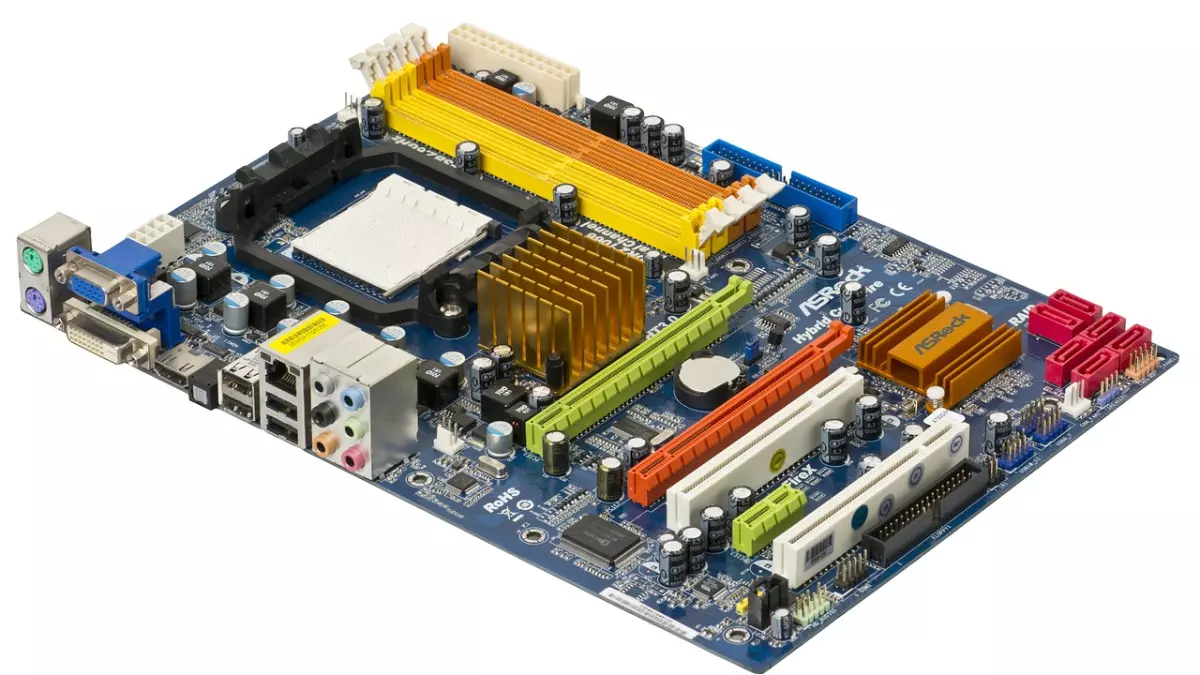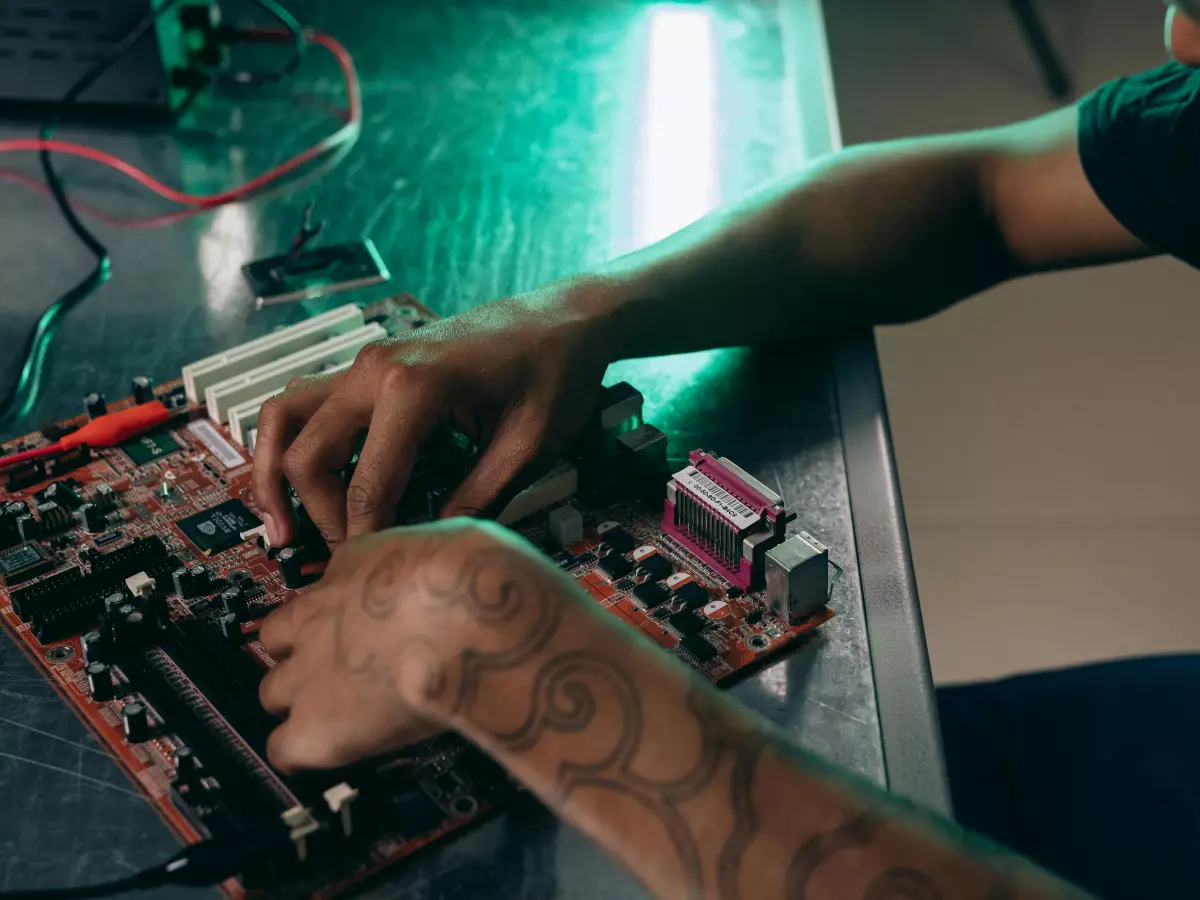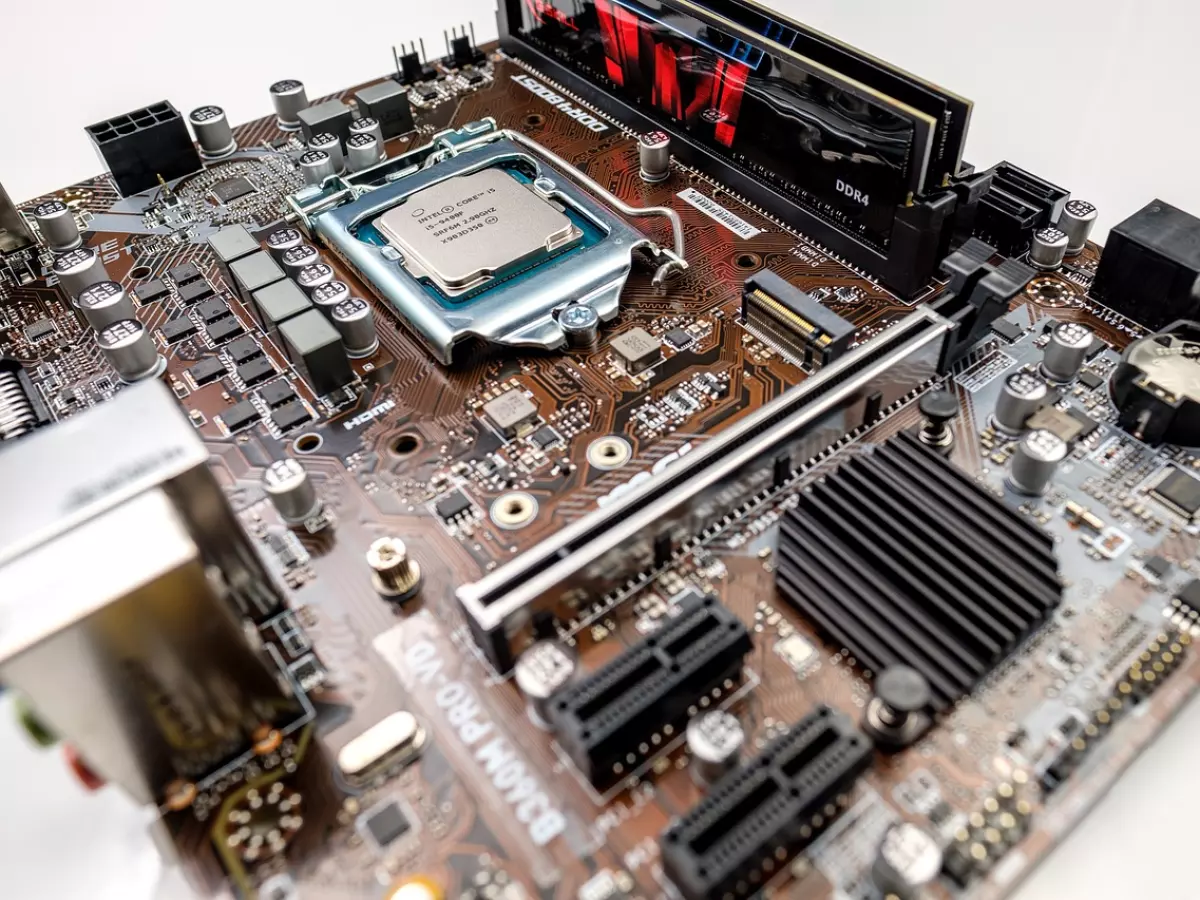PCIe Lanes
Ever wondered why your high-end GPU or SSD isn't performing as expected? The answer might lie in a tiny, often overlooked detail: PCIe lanes.

By Wei-Li Cheng
In the world of PC hardware, we often obsess over the big players like CPUs, GPUs, and RAM. But there’s a silent hero (or villain, depending on how you look at it) that can make or break your system’s performance: PCIe lanes. These little data highways are responsible for how your components communicate with each other. And trust me, if you’re not paying attention to them, you might be leaving a lot of performance on the table.
So, what exactly are PCIe lanes? Well, think of them as the roads that connect your CPU to other critical components like your GPU, SSDs, and even network cards. The more lanes you have, the more data can travel between these components. But here’s the catch: not all motherboards and CPUs are created equal when it comes to PCIe lanes. Some systems offer more, while others can leave you stuck in a traffic jam.
Why PCIe Lanes Matter
Let’s say you’ve got a blazing-fast GPU and a top-tier NVMe SSD. You’re expecting lightning-fast performance, but your system feels sluggish. What gives? The problem could be that your CPU or motherboard doesn’t have enough PCIe lanes to handle all that data. It’s like trying to funnel a four-lane highway’s worth of traffic into a single-lane road. Spoiler alert: it’s not going to end well.
Each PCIe lane is essentially a pair of wires, one for sending data and one for receiving it. The more lanes you have, the more data can flow between your CPU and your components. For example, a PCIe x16 slot has 16 lanes, which is why it’s typically used for GPUs that need a lot of bandwidth. On the other hand, a PCIe x4 slot only has four lanes, which is usually enough for an SSD but definitely not for a high-performance GPU.
Here’s where things get interesting: not all devices need the same number of lanes. GPUs, as you can imagine, are data-hungry beasts and typically require 16 lanes. High-speed NVMe SSDs usually need four lanes. But if you’re using multiple GPUs, SSDs, or other PCIe devices, you can quickly run out of lanes. And when that happens, your system might start to bottleneck, meaning your components can’t perform at their full potential.
The PCIe Version Dilemma
It’s not just about the number of lanes; the version of PCIe also matters. PCIe 4.0, for example, offers twice the bandwidth per lane compared to PCIe 3.0. So, if you’re using a PCIe 4.0 x8 slot, it’s roughly equivalent to a PCIe 3.0 x16 slot in terms of bandwidth. That’s a big deal, especially if you’re working with limited lanes.
But here’s the kicker: not all CPUs and motherboards support the latest PCIe versions. If you’re using an older CPU or motherboard, you might be stuck with PCIe 3.0, even if your GPU or SSD supports PCIe 4.0. And in that case, you’re not getting the full performance potential of your hardware.
How to Optimize Your PCIe Lane Usage
So, how do you make sure you’re getting the most out of your PCIe lanes? First, check how many lanes your CPU and motherboard support. For example, many mainstream CPUs from Intel and AMD offer 16-20 PCIe lanes, while high-end desktop CPUs can offer 40 or more. If you’re building a system with multiple GPUs, SSDs, or other PCIe devices, you’ll want to make sure you have enough lanes to go around.
Next, prioritize your components. Your GPU should always get the most lanes, typically 16, since it’s the most bandwidth-hungry component in most systems. After that, allocate lanes to your SSDs and other devices based on their needs. If you’re running out of lanes, you might need to make some tough choices, like using fewer SSDs or opting for a motherboard with more PCIe slots.
Finally, consider upgrading to a CPU or motherboard that supports PCIe 4.0 or even PCIe 5.0. The increased bandwidth per lane can help you get more performance out of fewer lanes, which is especially useful if you’re working with a limited number of lanes.
Final Thoughts
PCIe lanes might not be the flashiest part of your PC build, but they’re absolutely crucial to getting the most out of your hardware. Whether you’re a gamer, a content creator, or just someone who wants a fast, responsive system, understanding how PCIe lanes work can help you avoid bottlenecks and maximize your PC’s performance. So, next time you’re planning a build or an upgrade, don’t forget to check your lane count—you might be surprised at how much of a difference it makes.





